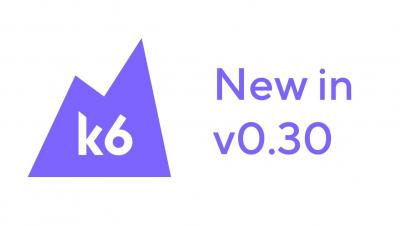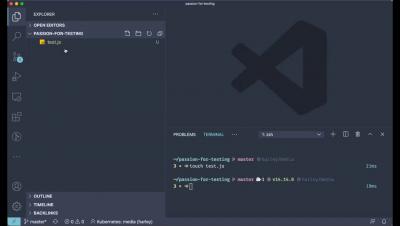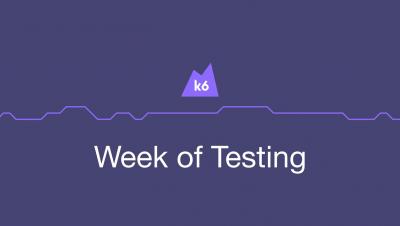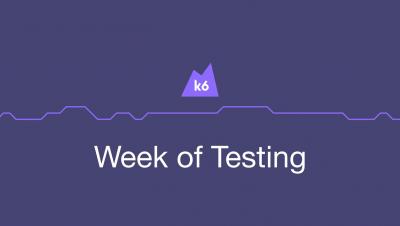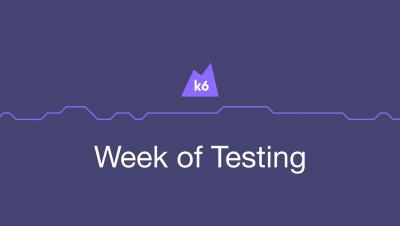Systems | Development | Analytics | API | Testing
k6
JMeter vs k6: Comparing two popular open-source load testing tools
Comparing k6 and JMeter for load testing
When I joined the k6 team in late November, the foremost question on my mind was "How does this compare to JMeter?" You see, I come from a performance testing consulting background, and in the last few years, JMeter has been far and away my tool of choice. So what am I doing on the k6 site, talking about how much I love JMeter? Well, firstly, it turns out that the k6 team is pretty open and transparent, especially about potential improvements in k6.
k6 v0.30.0 released
k6 v0.30.0 is here! 🎉 It was a bit of a slow after-holiday release, but it still packs a few major new features and improvements that users have been requesting for a long time. For additional details, see the full release notes on GitHub.
An introduction to performance testing with open source tools, with Simon Aronsson
Week of Testing: Wrap-up
Week of Testing Day 3: Installing k6 and running a load test
Testing without limits: xk6 and k6 extensions
k6 v0.29.0 introduced xk6 and k6 extensions to the k6 community. 🎁🎉💪 You can now extend the functionality of k6 using Go-based k6 extensions and import them as JS modules in your k6 script. This feature opens the gates for anyone to use existing k6 extensions and write custom Go extensions for special requirements. Before this release, importing JavaScript libraries was the only possibility to extend k6.


